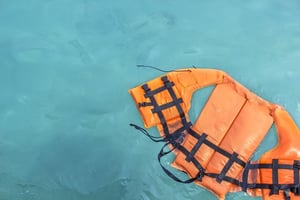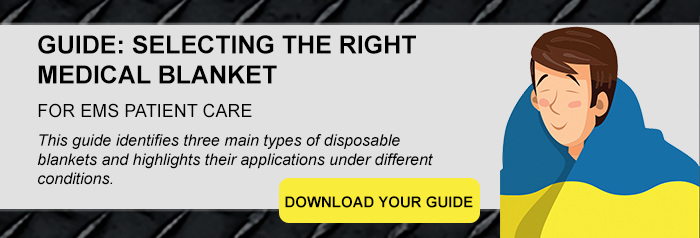 Backyards and public pools, as well as rivers, lakes, and oceans, provide easy relief from the summer heat and many families enjoy spending time together both in and on the water.
Backyards and public pools, as well as rivers, lakes, and oceans, provide easy relief from the summer heat and many families enjoy spending time together both in and on the water.
As many EMT's may know, summertime poses an increased risk for water-related injuries and potential deaths. The Consumer Product Safety Commission (CPSC) reported that from Memorial Day through Labor Day 202 children or more, between the ages of 1 and 14, drowned in a swimming pool or spa in the United States in the year 2013. Of the 202 victims that drowned, 143 were children younger than age 5.
Symptoms of Near Drowning:
- Vomiting
- Restlessness
- Confusion
- Chest ache
- Pale appearance
- Cold skin
- Bluish skin – mostly around the victim’s lips
- Abdominal distention
- Unconsciousness
- Lack of breathing
- Lethargy
- Coughing froth
Not all drowning victims are children, and water-related injuries and fatalities can happen to anyone, regardless of age. It is important to consider both your own safety and the safety of the person who needs to be rescued. When engaging in a rescue attempt, you need to ascertain if you are dealing with a conscious or unconscious person and most importantly, you need to wear a flotation device if it is available.
If the victim is conscious, the following advice from Resuscitation may prove helpful:
- Stay out of the water if you can
- Throw a floatation device is possible
- Only if safe to do so, rescue the victim using any flotation device available
Note: If you must enter a large body of water to save the victim, try to pull them to you and be aware that they, if conscious, may panic if you touch them directly.
If the victim is not conscious:
- Take a boat to reach them
- Try tying a rope around your waist and pull the victim back to the shore if possible
You must recognize the drowning severity the moment you remove the victim from the water so immediate care can be provided.
If not breathing, start CPR as soon as you can get to an appropriate surface. Some studies have shown promise with performing mouth-to-mouth without compressions in water. This study demonstrated the feasibility and potential efficacy of unsupported rescue breathing with a victim in deep water.
Once the victim is out of the water, remember to remove the wet clothing from the victim’s body and cover them with an appropriate EMS blanket.
Next, an EMT needs to immediately perform (or continue performing) first aid on the victim.
Remember, the ambient summertime temperature may not reflect the victim’s core temperature and the appropriate blanket can keep the victim warm while providing comfort and utility. The team at Graham Medical has created a guide to help you determine which medical blanket is best for each situation.

